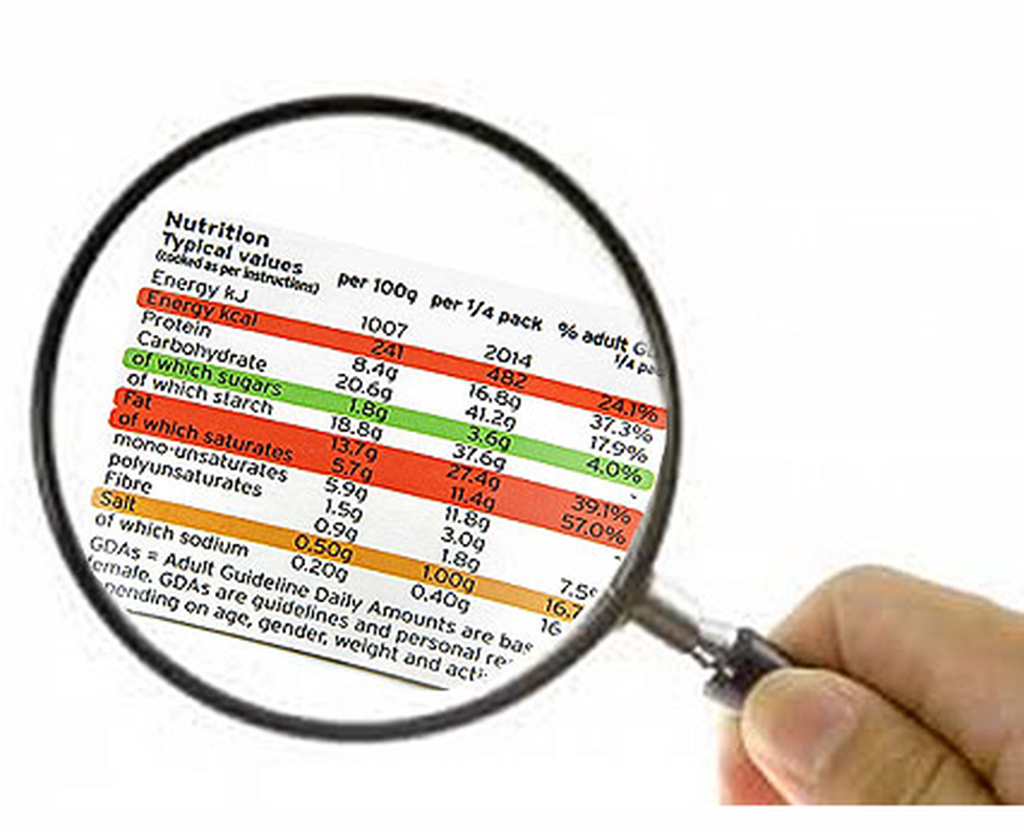Diabetes is a chronic medical condition that affects how the body processes blood sugar (glucose), which is the primary source of energy for the body’s cells. People with diabetes either cannot produce enough insulin or cannot properly use the insulin their body produces, leading to high blood sugar levels. To manage diabetes, it is important for people to maintain a balanced diet, monitor their blood sugar levels, and make informed food choices.
One way to make informed food choices is to use food labeling. Food labeling provides information about the nutritional content of packaged foods, including the amount of carbohydrates, which is an essential nutrient that affects blood sugar levels. Carbohydrates are broken down into glucose in the body, so people with diabetes need to monitor their carbohydrate intake to manage their blood sugar levels.
To convert carbohydrates to sugar in products, you can use the conversion factor of 0.56. This means that for every gram of carbohydrates, there are 0.56 grams of sugar. For example, if a product has 20 grams of carbohydrates per serving, it would contain 11.2 grams of sugar (20 x 0.56 = 11.2).
Food labeling is an important tool for people with diabetes to make informed food choices. By reading food labels and understanding how to convert carbohydrates to sugar in products, people with diabetes can make informed decisions about what to eat and how much to eat. It is important for people with diabetes to work with a healthcare provider or a registered dietitian to develop a personalized meal plan that meets their specific needs and goals.
